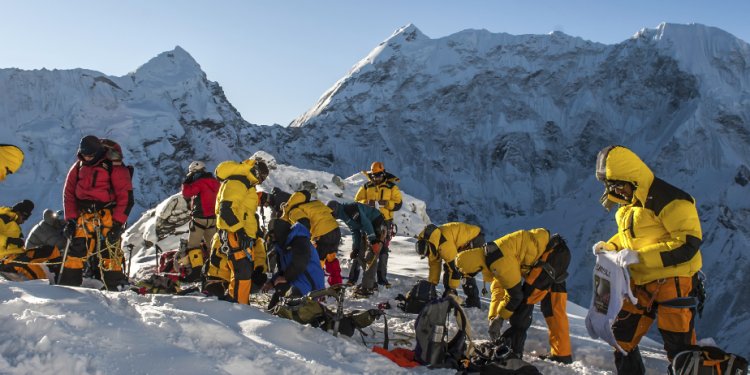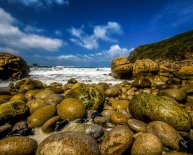
How to climb Mount Everest?
Mount Everest is literally located at the top of the world, rising 29, 035 feet (8850 meters) above sea level. As soon as it was crowned the world's tallest mountain, people inevitably had to climb it. And just as inevitably, many of them failed. While more than 2, 200 people have succeeded, nearly 200 have lost their lives attempting the climb.
So why climb Everest? The most famous answer to this question came from climber George Mallory: "because it is there." Though he was likely responding in frustration after being asked the same question dozens of times, his answer succinctly cuts to the heart of the matter.
In this article, we'll examine the history of climbing Mount Everest, see what routes most climbers use and find out what climbers take with them to survive the trek.
Everest hasn't always been considered the king of mountains. It wasn't until 1852 that a Bengali mathematician and surveyor named Radhanath Sikhdar determined that "Peak XV" was actually the highest point on the earth. In 1865, Sikhdar's discovery was confirmed. India's Surveyor General Sir Andrew Waugh renamed the mountain Mount Everest after Sir George Everest, the previous Surveyor General and the person overseeing the original survey that listed "Peak XV."
The Nepalese who live to the south of Mount Everest have always known that it was special. They called it Sagarmatha, which is translated variously as "goddess of the sky" and "forehead of the sky." The Tibetans living north of the mountain called it Chomolungma, or "mother goddess of the world."
Politics kept would-be climbers out of Everest for many years following its discovery, because neither the Nepalese nor Tibetan governments welcomed strangers into their countries. But in 1921, after much diplomatic negotiation, Tibet opened its borders and the first of many British expeditions began on the mountain's north side.

















